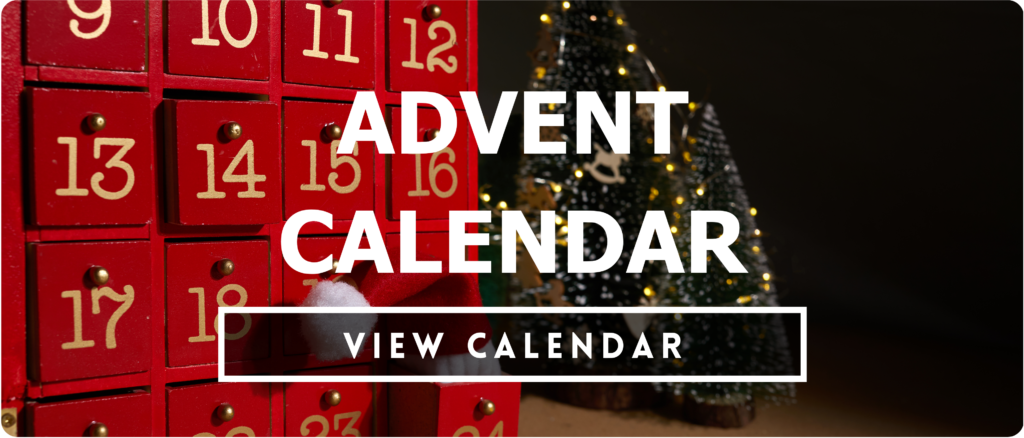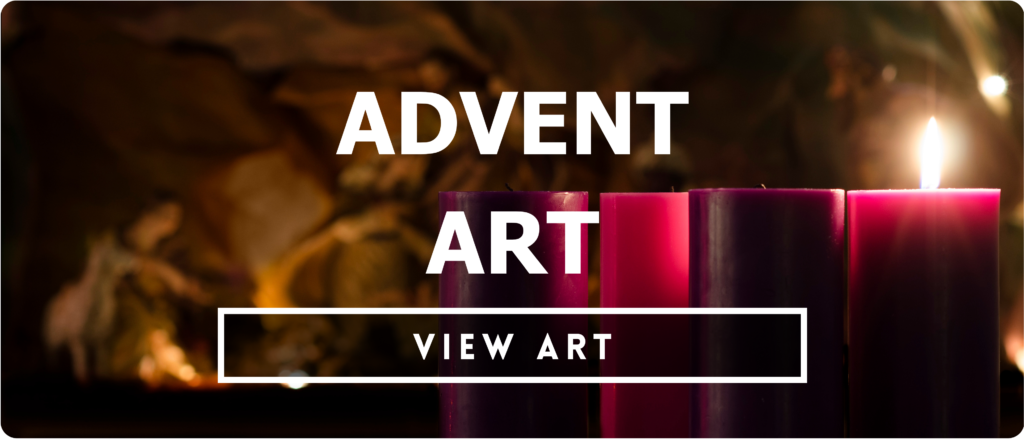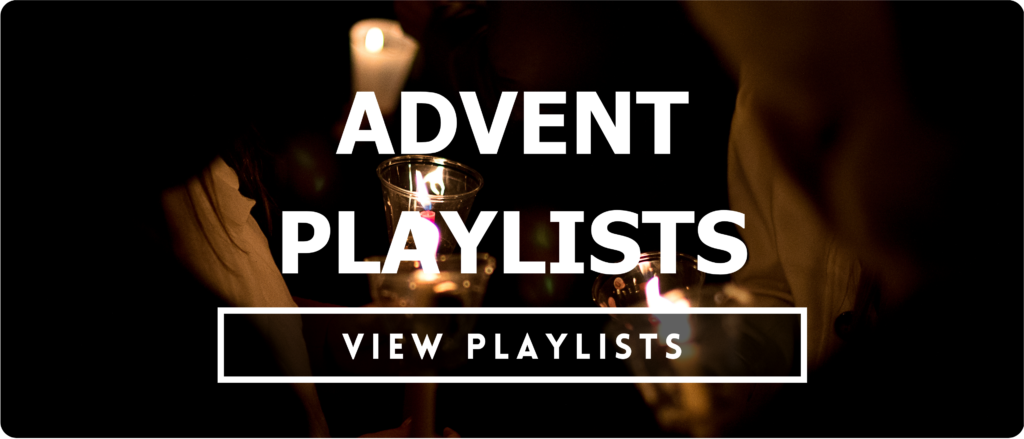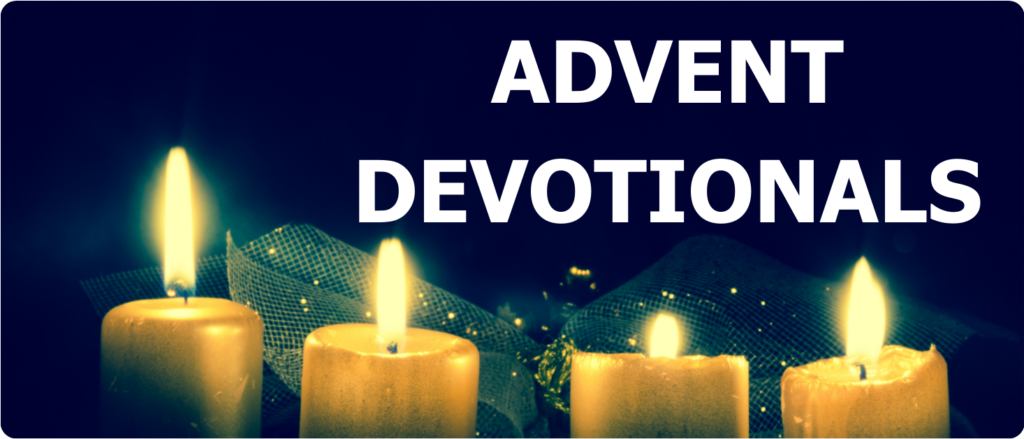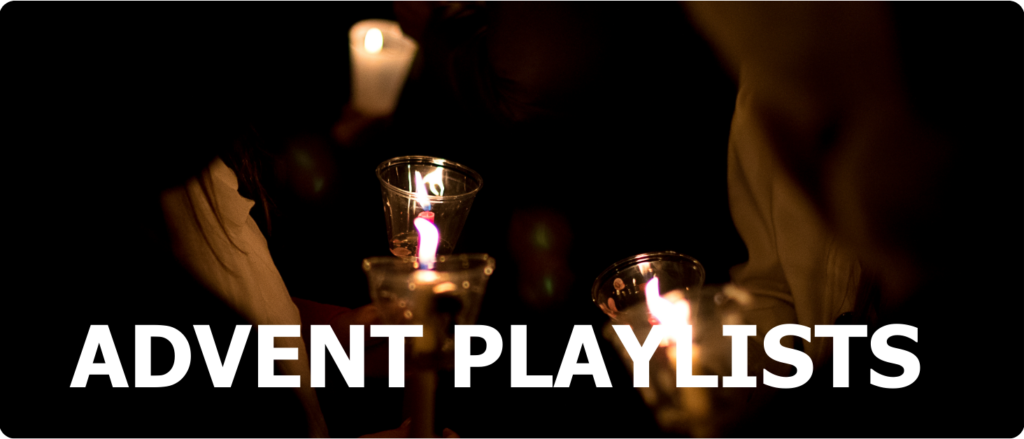



ALPHA & OMEGA
"I, the Lord, am the first, and with the last I am He." ~ Isaiah 41:4 (NASB)
“I am the first, and I am the last; and there is no God besides me." ~ Isaiah 44.6 (NASB)
In John’s Revelation, Jesus refers to Himself as the, “‘Alpha and the Omega,’ says the Lord God, ‘who is, and who was, and who is to come, the Almighty'” (Revelation 1.8) and “‘I am the Alpha and the Omega, the First and the Last, the Beginning and the End'” (Revelation 22.13).
This was a typical rabbinic rhetorical device of using the beginning and ending letters of the alphabet to indicate the totality of the whole by referencing the first and the last elements of the set.
In claiming this title, Jesus is claiming the eternality of the Godhead as the second person of the Trinity. He was there at the beginning of Creation (Genesis 1.1) as indicated by John’s gospel “Through him all things were made; without him nothing was made that has been made” (John 1.3).
He will also be there at the conclusion of human history as we know it and brings about God’s judgment on mankind.
He has been with us from the beginning and He will be with us in the end. There is something very comforting knowing that there is no limits or boundaries to the presence of God.
Not only is there no limits to His presence, but there is no limit to His power and authority. He will one day come with all the authority given to Him by the Father to be the righteous Judge of mankind. For all who have placed their faith and trust in Him, there will be no end. There will be an eternity WITH Him in His presence. We will know the full joy, peace, love, justice, safety, etc. that comes with being in relationship with the Father through faith in Jesus, the Alpha and the Omega of our faith.
Prayer
Jesus, we are grateful for your eternal presence in our lives. We recognize that we are so small compared to you. You are the Alpha and the Omega. You are the Beginning and the End. The First and the Last. All praise and glory be given to You. Amen.



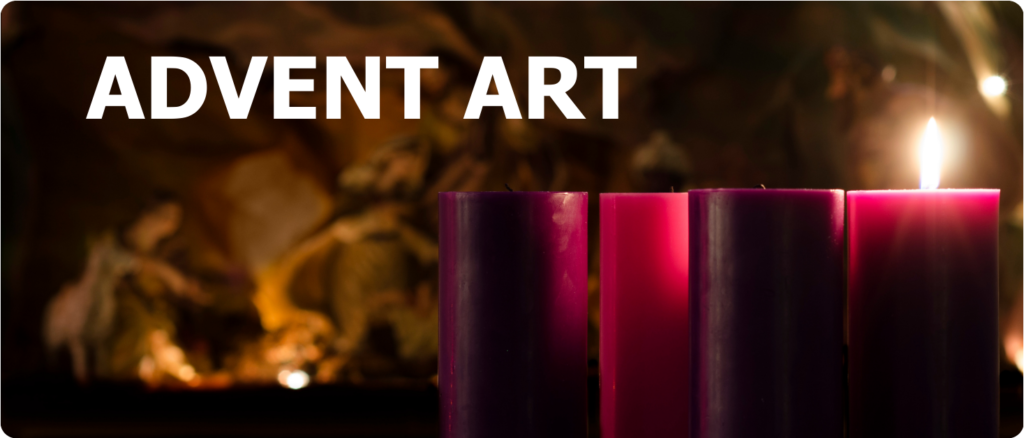
Jesus Alpha & Omega Orthodox icon
An often repeated artistic representation of Jesus is His identity as the Alpha and the Omega. In this modern rendition of a standard Orthodox icon, Jesus is seen seated on the throne of authority and power that belongs to God alone.
In His left hand he holds a book with a quote from Revelation 22.12-13 where Jesus makes claim as the Alpha and the Omega, the beginning and the end.
Christian artists since the middle ages, as well as the modern era, have hidden symbols including letters in their works.
In this icon, the artist has chosen to draw Jesus’ sculpted beard in a peculiar fashion. In his mustache and beard one can see the Greek letters Alpha and Omega (lower case) hidden.
He is not alone in his choice of cryptographic expression. Flemish Renaissance painter Jan van Eyck’s famous painting entitled “The Head of Christ” clearly has an Alpha and Omega above (to the left and to the right) of Jesus’ head.* However, he reinforces Jesus’ identity as the Alpha and Omega by demonstrating the same type of sculpted beard that reveals a hidden Alpha and Omega.
The infamous Book of Kells, produced in Ireland or Scotland @800 AD, demonstrates similar cryptic imagery but in one instance a dual hidden meaning. At first glance a hidden cross is evidenced. However, with a longer look, a hidden Alpha and Omega becomes clear.
These are just a few examples of the different ways in which artists have superimposed deeper meanings into their works in order to convey the mystery and hiddenness of God in juxtaposition to His clear self-revelation.
*His original work has been lost, but is known by the copies from his studio.


The Head of Christ or Vera Icon (1439)
copy from studio of Jan van Eyck<br>
(oil on oak)
Alte Pinakothek, Munich, Germany

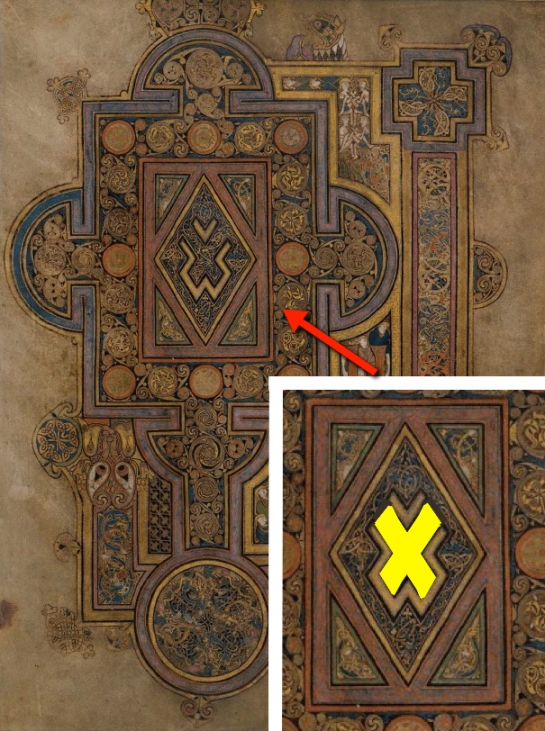
Book of Kells or Book of Columba (9th century AD)
Monks in monasteries in Ireland, Scotland, & England<br>
(illustrated manuscript, Latin on vellum)
Trinity College Library, Dublin, Ireland


Jesus Alpha & Omega Orthodox icon
An often repeated artistic representation of Jesus is His identity as the Alpha and the Omega. In this modern rendition of a standard Orthodox icon, Jesus is seen seated on the throne of authority and power that belongs to God alone.
In His left hand he holds a book with a quote from Revelation 22.12-13 where Jesus makes claim as the Alpha and the Omega, the beginning and the end.
Christian artists since the middle ages, as well as the modern era, have hidden symbols including letters in their works.
In this icon, the artist has chosen to draw Jesus’ sculpted beard in a peculiar fashion. In his mustache and beard one can see the Greek letters Alpha and Omega (lower case) hidden.

He is not alone in his choice of cryptographic expression. Flemish Renaissance painter Jan van Eyck’s famous painting entitled “The Head of Christ” clearly has an Alpha and Omega above (to the left and to the right) of Jesus’ head.* However, he reinforces Jesus’ identity as the Alpha and Omega by demonstrating the same type of sculpted beard that reveals a hidden Alpha and Omega.
*His original work has been lost, but is known by the copies from his studio.

The Head of Christ or Vera Icon (1439)
copy from studio of Jan van Eyck<br>
(oil on oak)
Alte Pinakothek, Munich, Germany

The infamous Book of Kells, produced in Ireland or Scotland @800 AD, demonstrates similar cryptic imagery but in one instance a dual hidden meaning. At first glance a hidden cross is evidenced. However, with a longer look, a hidden Alpha and Omega becomes clear.

Book of Kells or Book of Columba (9th century AD)
Monks in monasteries in Ireland, Scotland, & England<br>
(illustrated manuscript, Latin on vellum)
Trinity College Library, Dublin, Ireland

These are just a few examples of the different ways in which artists have superimposed deeper meanings into their works in order to convey the mystery and hiddenness of God in juxtaposition to His clear self-revelation.
Playlist Daily Highlight
Take the time to listen . . . really listen to the words of this song. Reflect on them. Let God’s spirit speak to you in this moment.
